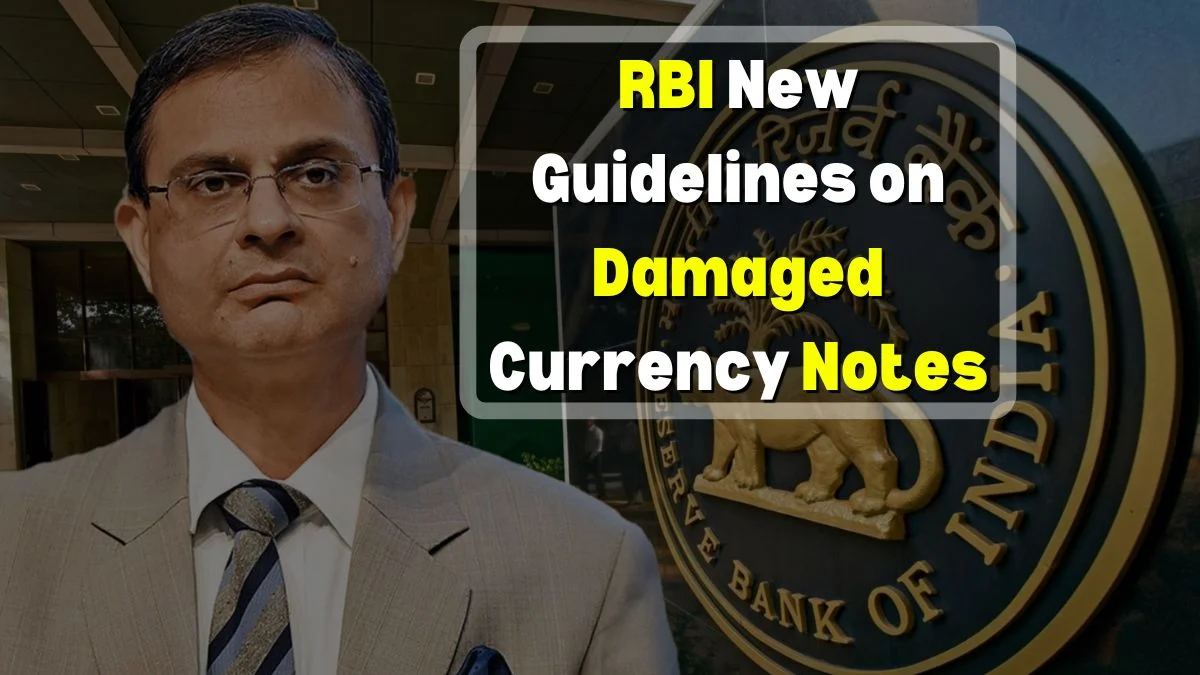The Reserve Bank of India (RBI) has introduced new rules for exchanging torn or damaged currency notes. These guidelines aim to ensure better cash quality, reduce the risk of counterfeit money, and maintain smooth currency operations. However, the new policy also makes it more difficult for people to exchange mutilated notes. Let’s look at the key details of these new rules.
Why Do Banks Accept Torn Notes?
Damaged or torn currency notes are often removed from circulation to maintain the quality of money in the market. The RBI replaces these notes with fresh currency to ensure that people use clean and usable notes for transactions. This also helps in reducing the risk of counterfeit currency.
Will You Be Charged for Exchanging Torn Notes?
Yes, banks may charge a fee depending on how badly the note is damaged.
- If the note is slightly torn, you can get a full refund.
- If the note is severely damaged, a partial deduction will apply.
- You can exchange torn notes at any bank branch or an RBI office.
Limit on the Number of Torn Notes You Can Exchange
The RBI has set a limit on how many torn notes a person can exchange in one transaction:
- Maximum of 20 notes per transaction
- Total value should not exceed ₹5000
For amounts above ₹50,000, the bank may credit the amount to your account instead of giving cash.
When Can a Bank Refuse to Exchange Torn Notes?
Banks generally accept soiled, mutilated, or partially damaged notes if the major security features remain intact. However, banks may reject notes that are:
- Completely burnt
- Chemically damaged
- Intentionally destroyed
Banks examine the damage carefully to decide if the note can be exchanged.
Special Rules for Severely Damaged Notes
If your notes are badly burnt, stuck together, or extremely damaged, ordinary banks will not exchange them. You must visit an RBI office for verification. The RBI uses special verification processes and may provide compensation based on the condition of the note. However, a processing fee may apply.
Full Refund for Small Denomination Notes
For low-value notes (₹1 to ₹20), the RBI allows a full refund even if the note is torn. However, for higher denominations (₹50, ₹100, ₹200, ₹500), a deduction may apply if the note is severely damaged.
Final Thoughts
The new RBI guidelines aim to improve cash quality and reduce the circulation of damaged notes. However, these changes also make it harder for people to exchange mutilated notes. If you have damaged currency, check the condition of the note and follow the RBI guidelines to get a refund with minimal hassle.
